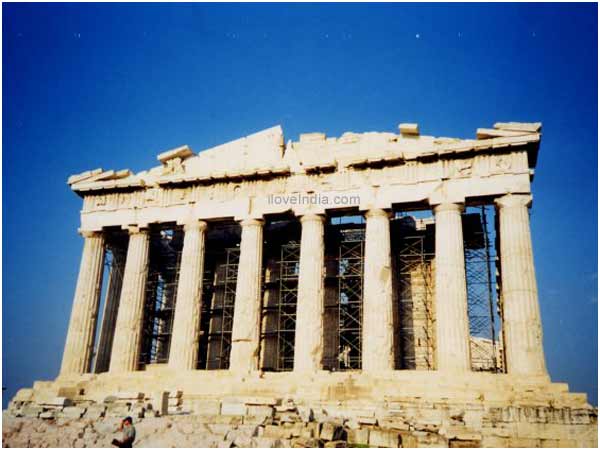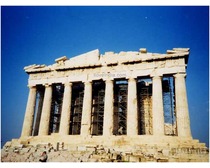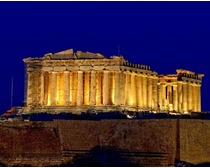Parthenon is a 5th century BC temple, dedicated to Greek Goddess Athena, situated in Athenian Acropolis. Read on to explore some fun and interesting facts about the Parthenon.
Parthenon Facts
Parthenon is the name given to a temple of the Greek Goddess - Athena, which dates back to 5th century BC. Sited in the Athenian Acropolis, the temple is regarded as the most important building of Classical Greece that is still in existence. In fact is believed to reflect the zenith of the development of the Doric order. The decorative sculptures that adorn the Parthenon showcase the high points of Greek art. A continuing symbol of ancient Greece as well as of Athenian democracy, the temple represents one of the greatest cultural monuments of the world. Read further to explore some more fun and interesting facts about Parthenon.

Interesting & Fun Facts About Parthenon
- The Parthenon is said to have been built on the site of an older temple of Athena, called the Pre-Parthenon or Older Parthenon. The latter was destroyed in the Persian invasion of 480 BC.
- The monument used to serve as the treasury of the Delian League, which later became the Athenian Empire.
- Sculptor Phidias is the person under whose general supervision the Parthenon was built. He was also incharge of the sculptural decoration.
- Iktinos and Kallikrates were the architects of the monument.
- The construction work on the Parthenon began in 447 BC and substantially completed by 432. It was mainly the decorations that continued until 431.
- The surviving financial accounts of the monument reveal that the single largest expense made on it was for transporting the stone from Mount Pentelicus, about 16 km from Athens, to the Acropolis.
- Measured at the top step, the dimensions of the base of the Parthenon are 69.5 m by 30.9 m (228.0 x 101.4 ft).
- The monument boasts of 46 outer pillars and 19 inner pillars in total.
- There was only one piece of sculpture in the Parthenon that is known to be from the hand of Pheidias. It was the statue of Athena, which was housed in the naos.
- In 6th century AD, Parthenon was transformed into a Christian church, dedicated to the Virgin.
- The Ottoman conquest saw the church being further converted into a mosque, in the early 1460s. Even a minaret was added to it.
- The Venetian bombardment of the Parthenon that took place on 26th September 1687 severely damaged the monument as well as its sculptures.
- Under Ottoman permission, Thomas Bruce - 7th Earl of Elgin, removed some of the surviving sculptures of the monument in 1806.
- The sculptures removed by Bruce, now known as Elgin or Parthenon Marbles, were sold to the British Museum in London in 1816. The museum displays them till date.
- After Greece gained independence and acquired control over Athens, in 1832, the visible section of the minaret built by Ottomans was demolished from the Parthenon.
- Presently. Greek Ministry of Culture is currently carrying out a program of restoration and reconstruction on the Parthenon.


See also
More from iloveindia.com
- Home Remedies | Ayurveda | Vastu | Yoga | Feng Shui | Tattoos | Fitness | Garden | Nutrition | Parenting | Bikes | Cars | Baby Care | Indian Weddings | Festivals | Party ideas | Horoscope 2015 | Pets | Finance | Figures of Speech | Hotels in India : Delhi | Hyderabad | Chennai | Mumbai | Kolkata | Bangalore | Ahmedabad | Jaipur
- Contact Us Careers Disclaimer Privacy Policy Advertise With Us Lifestyle Sitemap Copyright iloveindia.com. All Rights Reserved.







